You know how it goes. You see a new food advertisement appear on TV, in magazines and on billboards and it looks so yummy you simply have to try one. Then you eat it and you’re either:
a) hugely disappointed,
b) love it and immediately go out and buy another one, or
c) completely suckered in by the ad and kid yourself it tastes nice to avoid self-flagellation (but never buy it again).
That’s food porn for you. It’s a whole industry dedicated to tricking us, the hungry public, into buying a product without thinking twice.
If you fall for these tricks, don’t beat yourself up too much. Check out this video on what a food stylist does to make a fast food burger look great on TV and you’ll soon see why what appears in the photo is so different to what appears on your plate.
Basically, the meat is raw (and painted with a piece taken out of it so it can be sized to look bigger than it is); the sesame seeds are glued onto the bun; and there’s a piece of cardboard inside to soak up the grease! The salad is all held together using pins and toothpicks. Ouch!
Setting aside the profession of food styling for a moment, the advent of social media has seen many of us sharing photos of delicious looking meals on Instagram and Facebook to impress our friends. We always take these photos before we’ve even taken a bite. If it looks amazing, it must’ve tasted amazing right? Not necessarily. Often we don’t hear back from our friends regarding the taste of the meal. It’s all about creating an impression of perfection – there’s a reason they call it food porn!
When a photo of a meal is shared on social media, little thought goes into the lighting, the framing and the décor. It’s all about sharing a pleasure immediately (and inspiring instant envy!).
Photographing real food well – without the help of a stylist – can be tricky business, but how stoked would your mother, sister or husband be if, one day, you gifted them with a wall décor of their carefully prepared food, captured in print for all time?
To help you create a photo documentary as a wall art series or a canvas collage of brilliantly prepared meals, here are a few different photography composition ideas and tips to consider:
- For maximum control, place your camera on a tripod.
- Frame your shot then style your food within the frame.
- If the food plate is already on a table setting with lots of different items around it, position your camera at a 45 degree angle about a metre away from the table. For this composition, the camera should be looking slightly down onto the food, but not directly down. This also enables you to capture some of the surrounds, which is a great way to create ambience. Then zoom in. Your main food item should be in focus with the background and/or foreground slightly blurred.
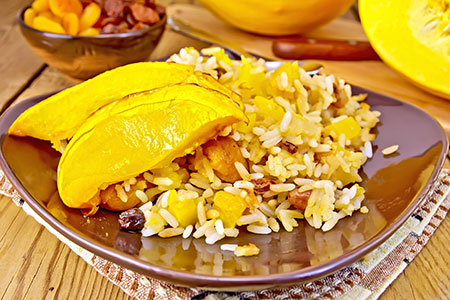
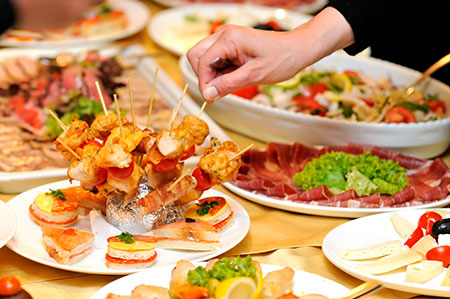
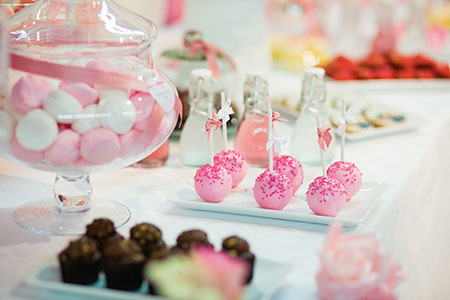
- If you have multiple different dishes of food on a table benchtop with no table setting around it, shoot your photo from directly above. To get as high as possible, mount your camera on a pole (or stand on a chair). As everything in the shot will be in focus, take time to style the food and any other items that may be sitting on the bench (e.g. salad servers). There’s no need to get everything in the shot – it’s even OK to capture only half of a dish. Your hero dish doesn’t even need to be centred. In fact, having it a little to the side will give the shot more artistic integrity.
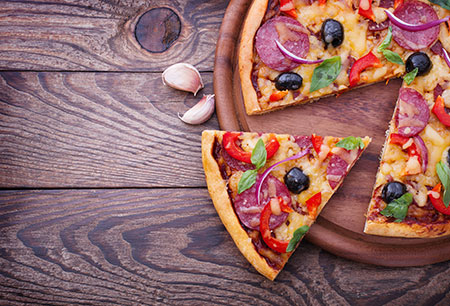
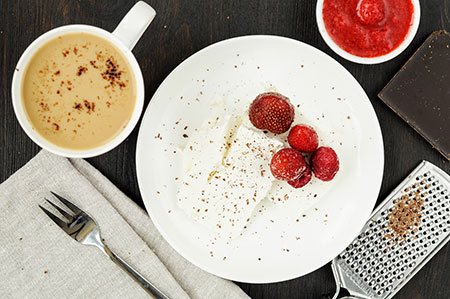
- Make sure the foreground and background items are part of the shot and remove unwanted items that will wreck the shot (no dirty napkins!).
- When it comes to photographing food, dark rooms and scattered direct sunlight are not your best friends. This often makes evening dinners and outdoor breakfast and lunch shots a challenge. The easiest meals to photograph are indoor breakfasts and lunches in naturally well-lit rooms. If your meal is in a dark room, professional photo lighting (using diffusers and umbrellas) is key. These days, you can purchase these online quite affordably.
- Photograph some of the raw ingredients that are contained within cooking – think garlic bulbs, bunches of herbs, a bunch of tomatoes. Include them in your photo documentary.
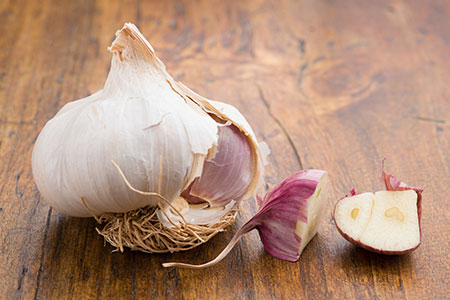
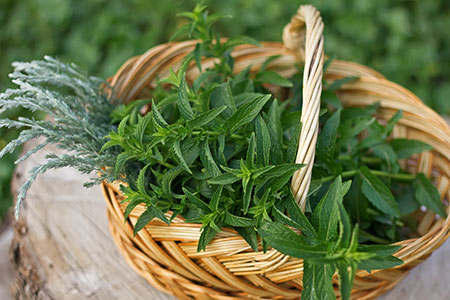
Once you’ve compiled your food photos, visit our website to create your gift. At least you’ll know that these photos actually look as good as they taste!


Leave a Reply